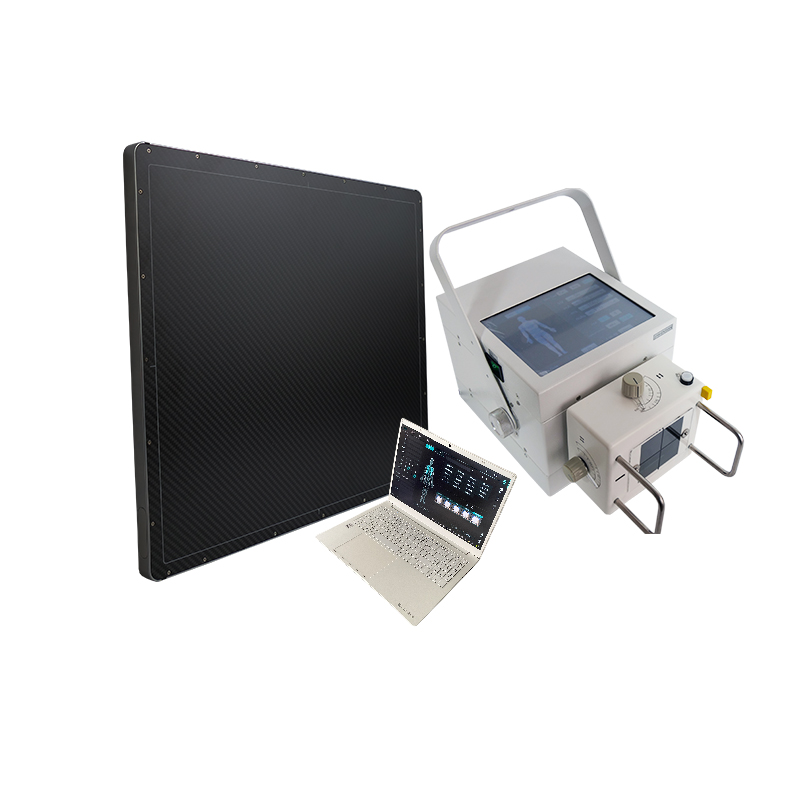Digital radiography (DR) flat panel detectors have revolutionized the field of medical imaging, providing healthcare providers with higher resolution images and faster image acquisition times than traditional film-based techniques. However, like all electronic devices, DR flat panel detectors have a limited lifespan. Understanding the factors that contribute to the longevity of these crucial imaging tools is essential for healthcare facilities to effectively manage their equipment and ensure the highest quality patient care.
The lifespan of a DR flat panel detector is influenced by several factors, including the manufacturing quality, usage patterns, and maintenance practices. Modern DR flat panel detectors are designed to be durable and reliable, but they are not immune to wear and tear. Over time, the performance of the detector may degrade, leading to decreased image quality and reliability. In some cases, the detector may fail completely, requiring costly repairs or replacement.
One of the key factors in determining the lifespan of a DR flat panel detector is the quality of the manufacturing process. High-quality detectors, constructed with resilient materials and built to stringent quality standards, are more likely to have longer lifespans. Manufacturers that prioritize quality control and use advanced production techniques are more likely to produce detectors that can withstand the rigors of daily use and provide consistent performance over time.
Another critical factor is the usage patterns of the DR flat panel detector. High-volume facilities that use their detectors frequently are more likely to experience accelerated wear and tear. In contrast, low-volume facilities may be able to extend the lifespan of their detectors through careful usage and maintenance. Facility administrators should consider the usage patterns of their detectors when planning for replacement or upgrades to ensure that they can meet the demands of their patient care needs.
Regular maintenance and servicing also play a crucial role in extending the lifespan of DR flat panel detectors. Routine inspections, cleaning, and calibration can help identify and address potential issues before they escalate, ultimately prolonging the useful life of the detector. Facilities that invest in comprehensive maintenance programs and prioritize the care of their equipment are more likely to enjoy longer-lasting and more reliable DR flat panel detectors.
the lifespan of a DR flat panel detector can vary widely depending on the specific model, usage patterns, and maintenance practices. However, on average, a well-maintained and properly used DR flat panel detector can be expected to last anywhere from 7 to 10 years. After this timeframe, the performance and reliability of the detector may begin to decline, necessitating replacement or significant upgrades.
the lifespan of DR flat panel detectors is influenced by a variety of factors, including manufacturing quality, usage patterns, and maintenance practices. Healthcare facilities that prioritize the care and maintenance of their detectors can expect to enjoy longer-lasting and more reliable equipment, ultimately benefiting their patients and staff. By understanding these factors, facilities can effectively manage their imaging equipment and plan for the future, ensuring that they can continue to provide the highest quality patient care.
Post time: Feb-18-2024


